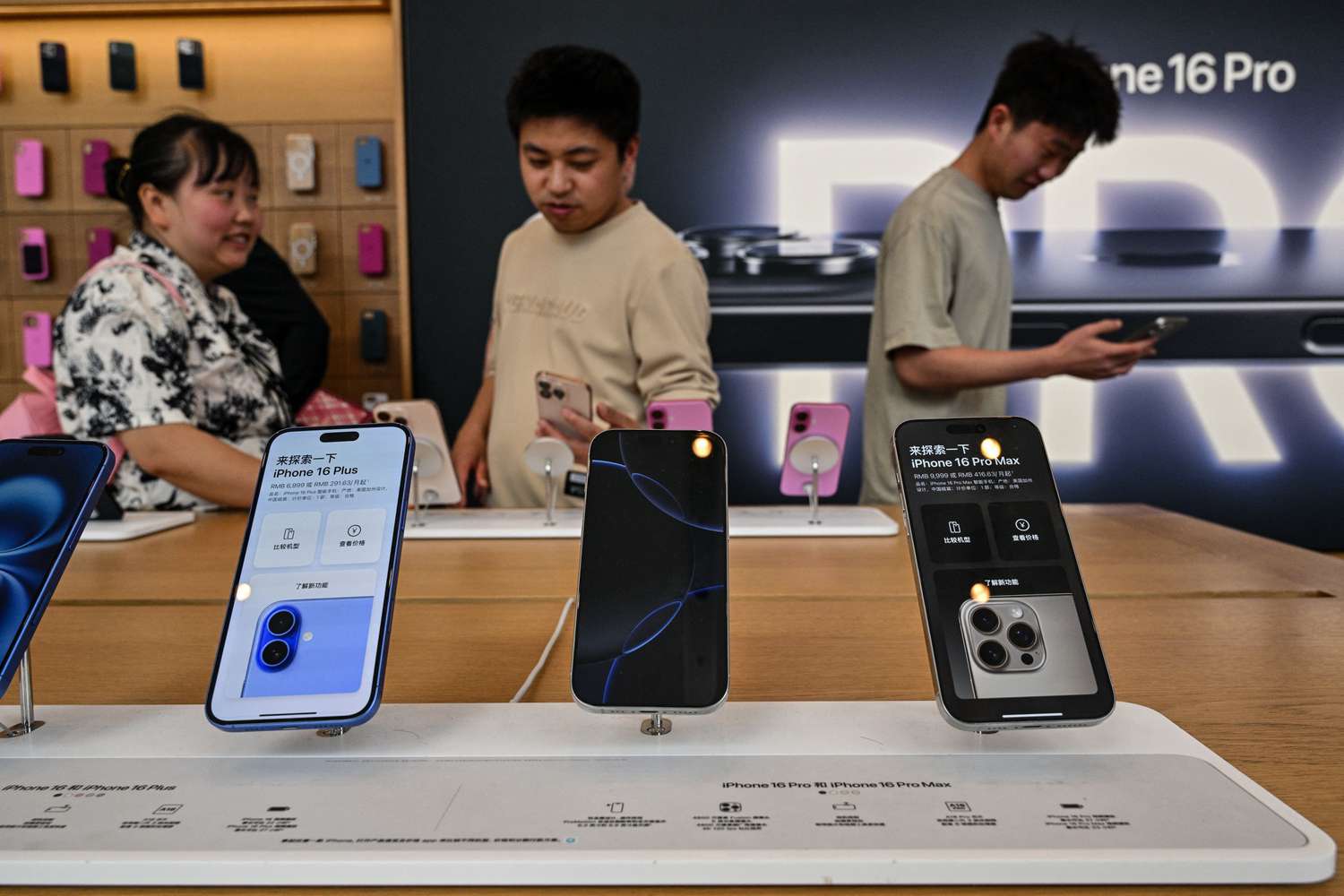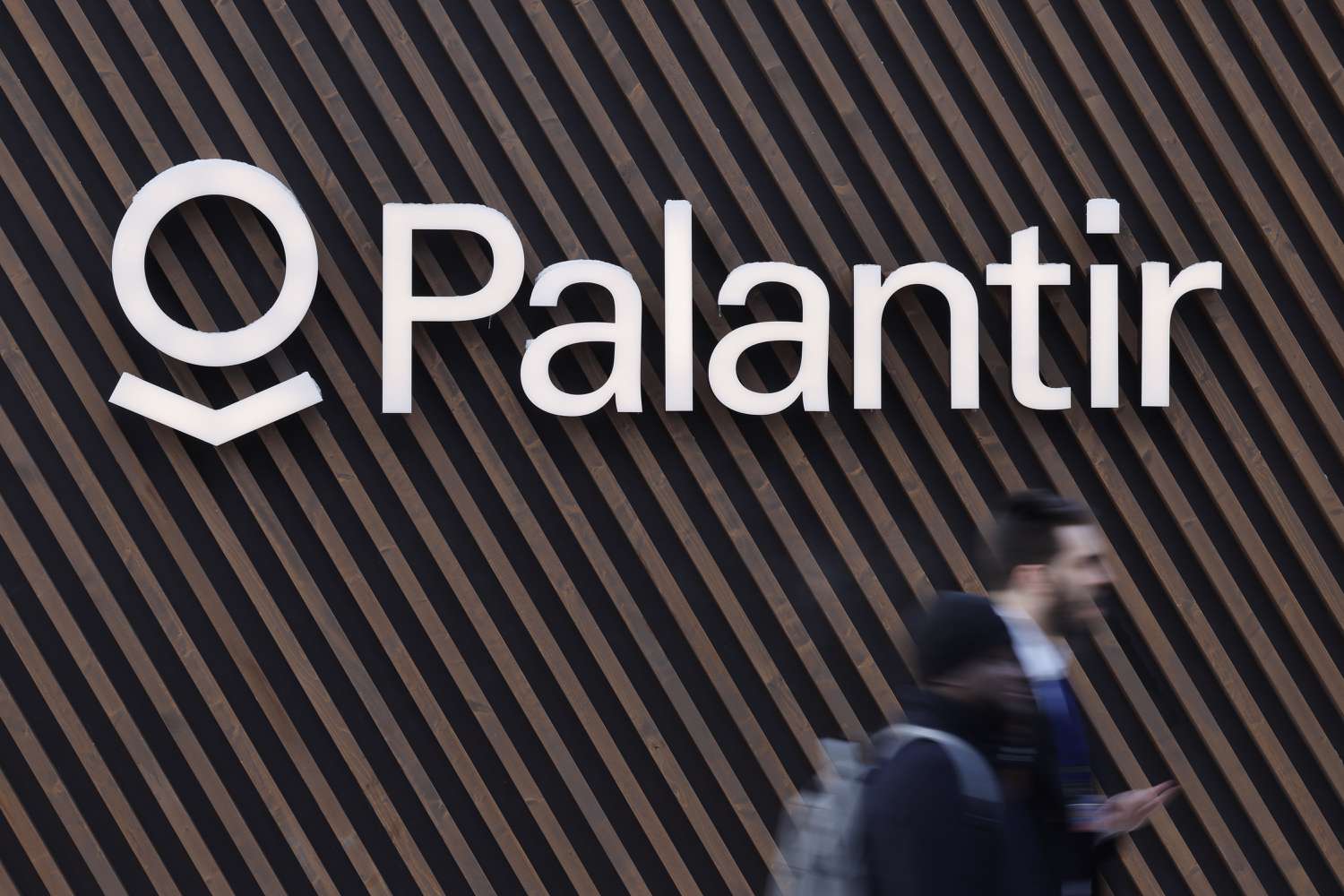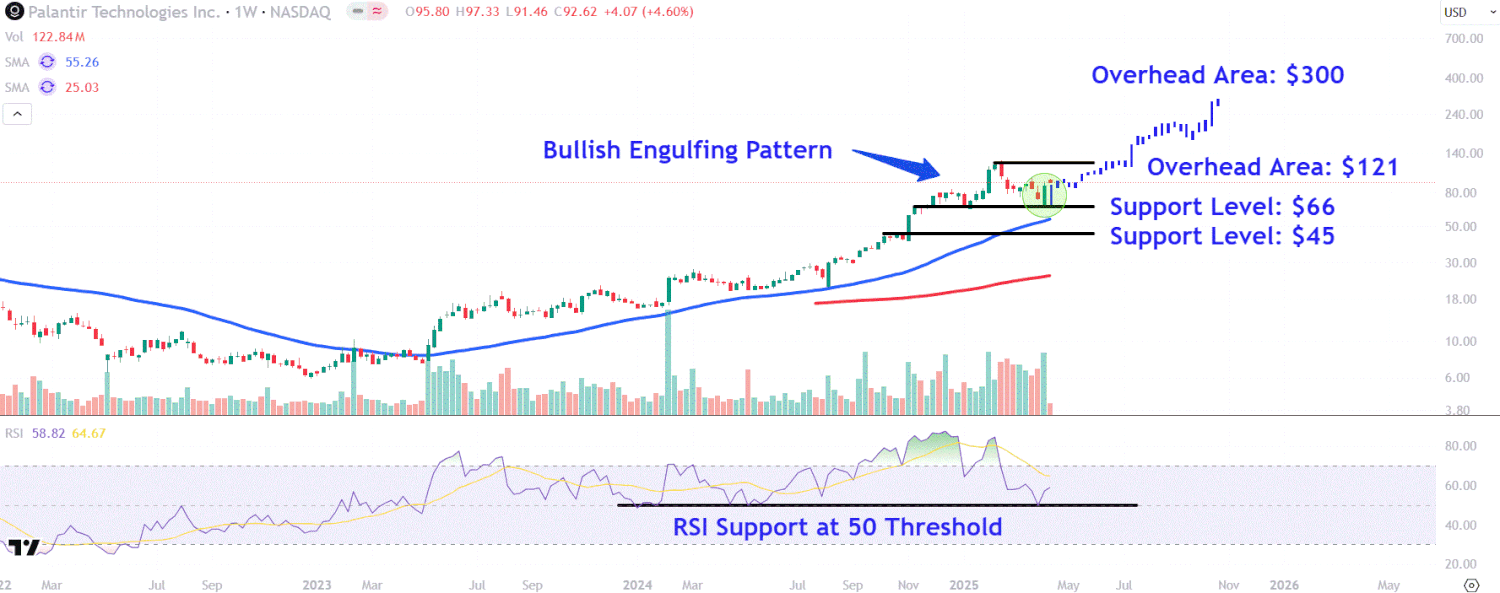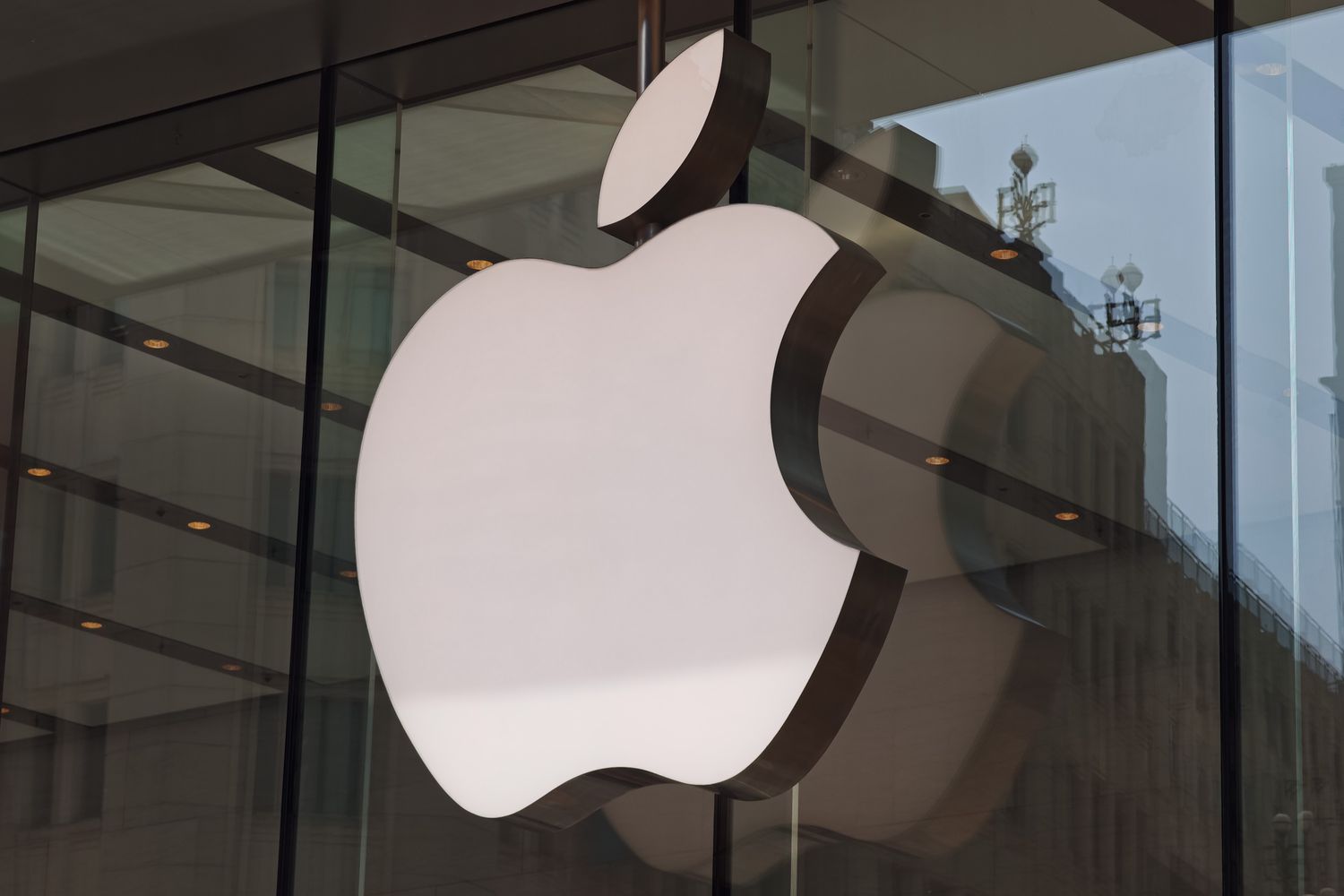Apple Stock Gets an Upgrade From KeyBanc on Tech Tariff Exemptions


Key Takeaways
- Apple stock was upgraded by KeyBanc after smartphones, computers, and other electronics were exempted from President Donald Trump’s “reciprocal” tariffs.
- The exemption is “probably the best case scenario” for Apple and lowers downside risk from a trade war, KeyBanc said.
- However, Commerce Secretary Howard Lutnick suggested Sunday the exemption is “not permanent,” with new tariffs expected within a couple months.
Apple (AAPL) stock was upgraded by KeyBanc after smartphones, computers, and other electronics were exempted from President Donald Trump’s “reciprocal” tariffs.
The Trump administration’s updated guidance announced Friday “is probably the best case scenario” for Apple, KeyBanc analyst Brandon Nispel said. “With the worst case scenario of continuing ‘tit-for-tat’ trade war escalation likely no longer in play and the exception on smartphones from tariffs, we find it difficult to argue for further downside,” Nispel added. KeyBanc upgraded the iPhone maker’s stock to a neutral “sector weight” rating from “underweight.”
Citi analysts said they expect Apple’s stock to get a boost from the tech tariff exemptions, but warned Apple’s products “are not immune” to a weak macro environment. The bank kept its “outperform” rating for Apple, but lowered its sales estimates for iPhones, Macs, and Apple wearable devices, given its projection of a contraction in global gross domestic product this year under new tariffs.
The tariff exemptions could also prove temporary, after Commerce Secretary Howard Lutnick said Sunday that the administration plans to impose new tariffs within a couple months.
Wedbush, which holds an “outperform” rating for Apple stock, said the exemption window “gives some flexibility and allows for China negotiations to hopefully take place in the coming months which could deescalate some tariff/trade war issues with Big Tech caught in the middle.”
Shares of Apple rose about 2% to close at $202.52 Monday, extending Friday’s gains. Still, they’ve lost nearly one-fifth of their value since the start of the year.

















